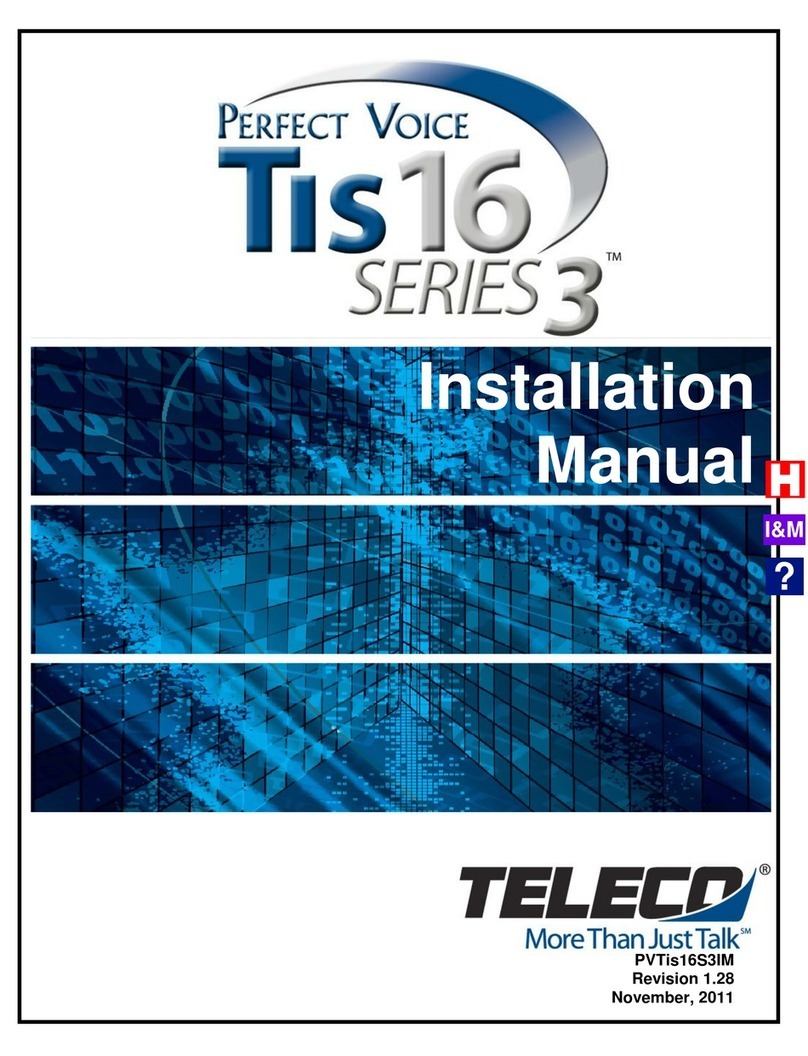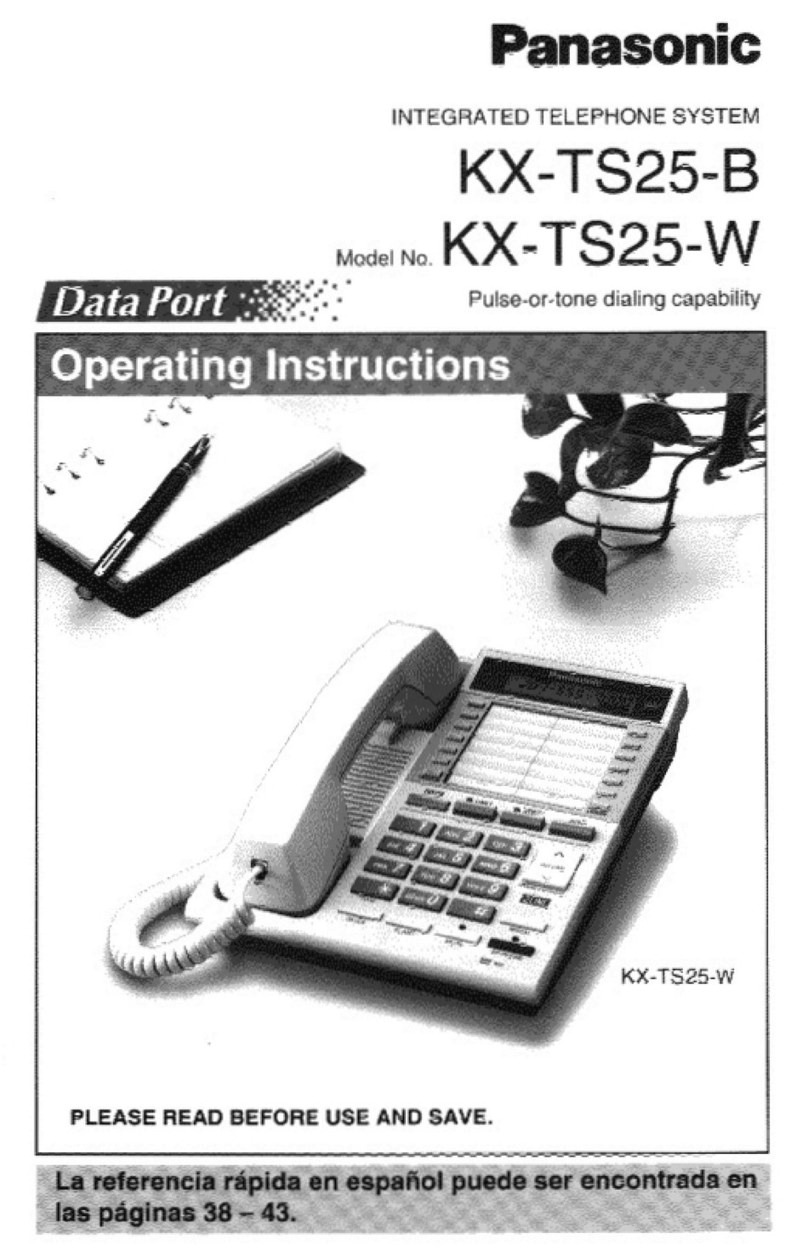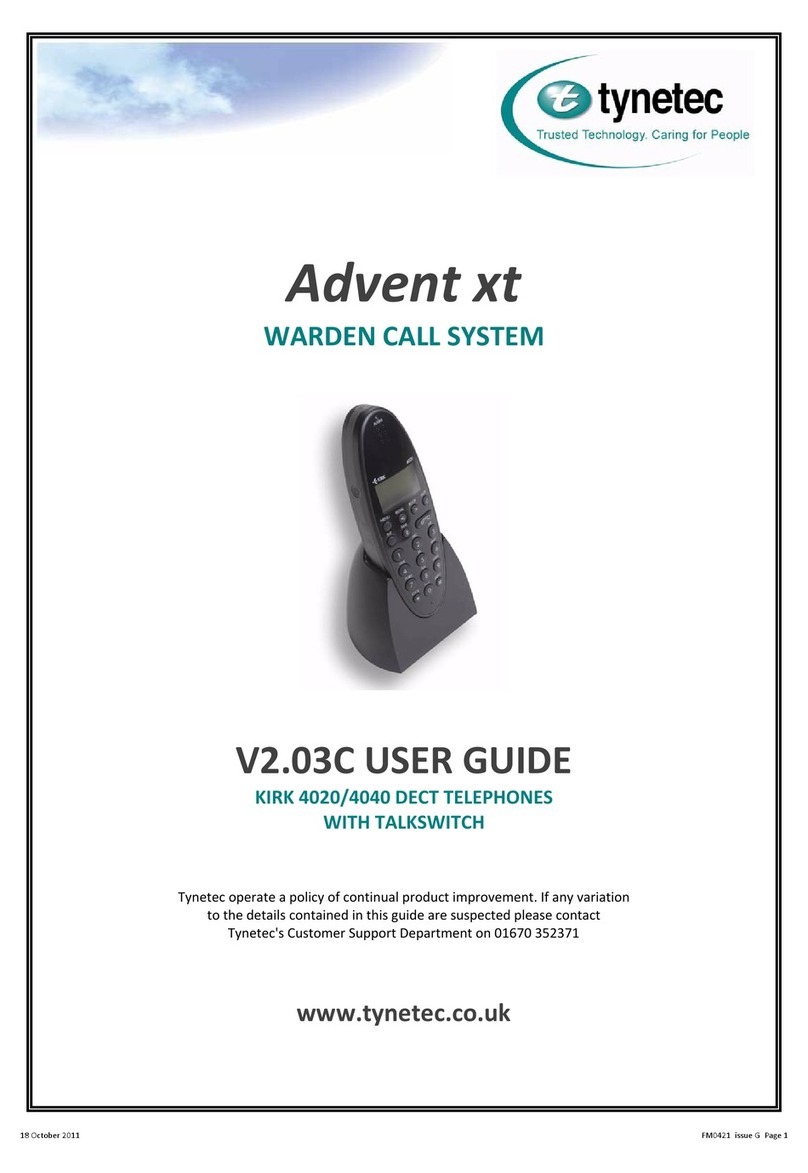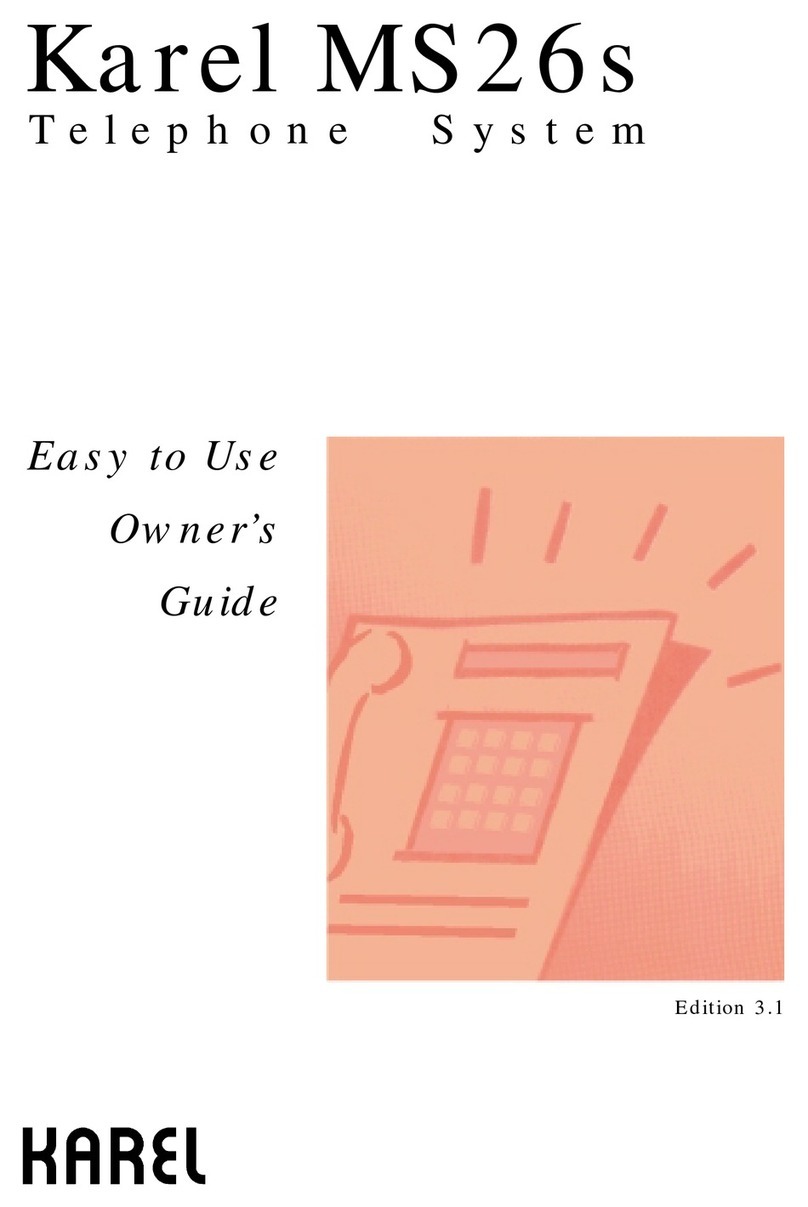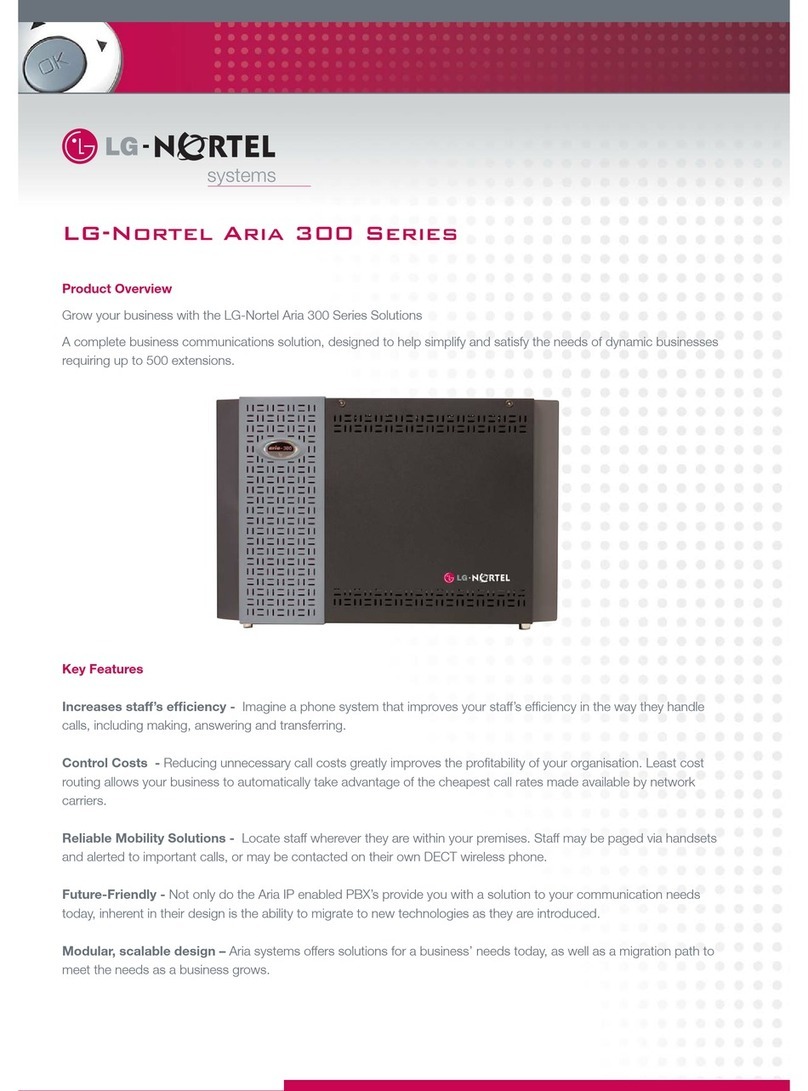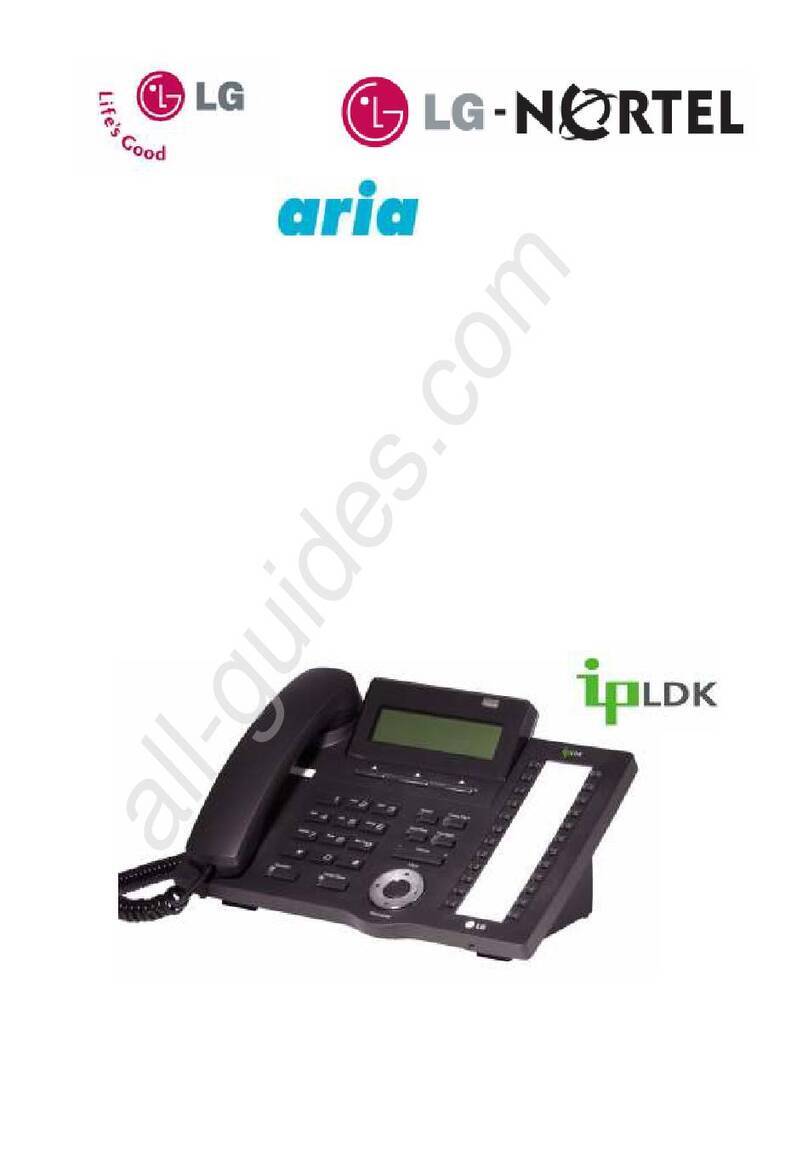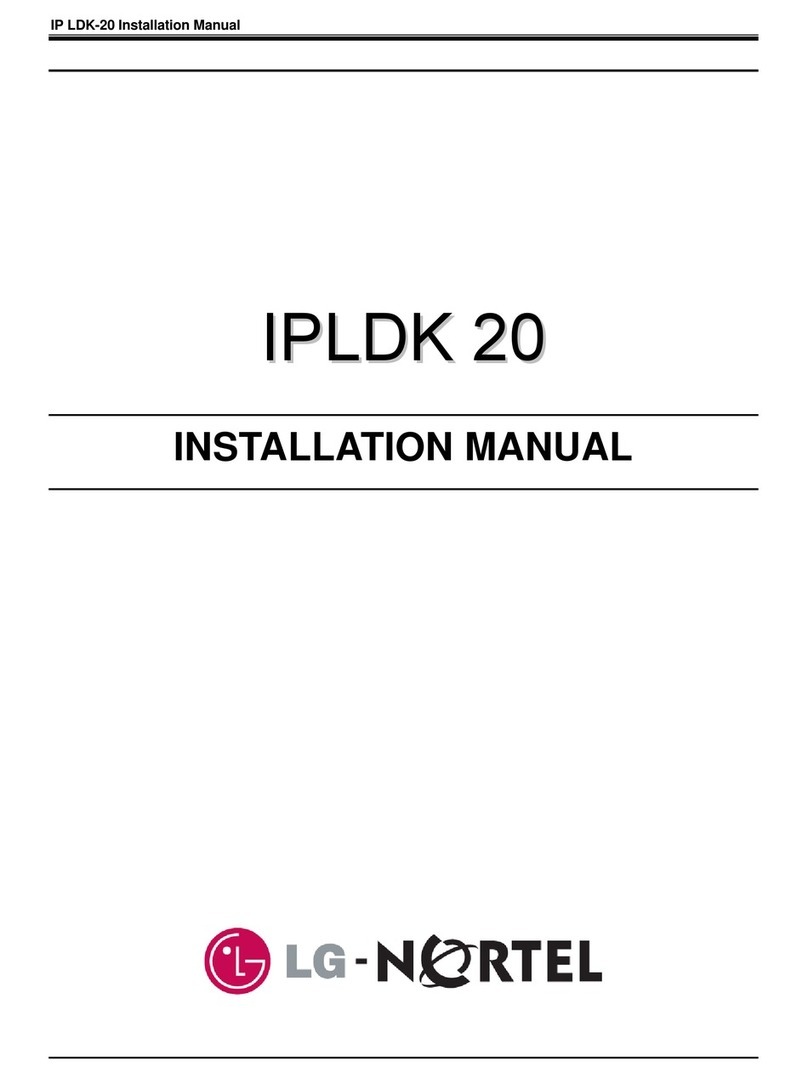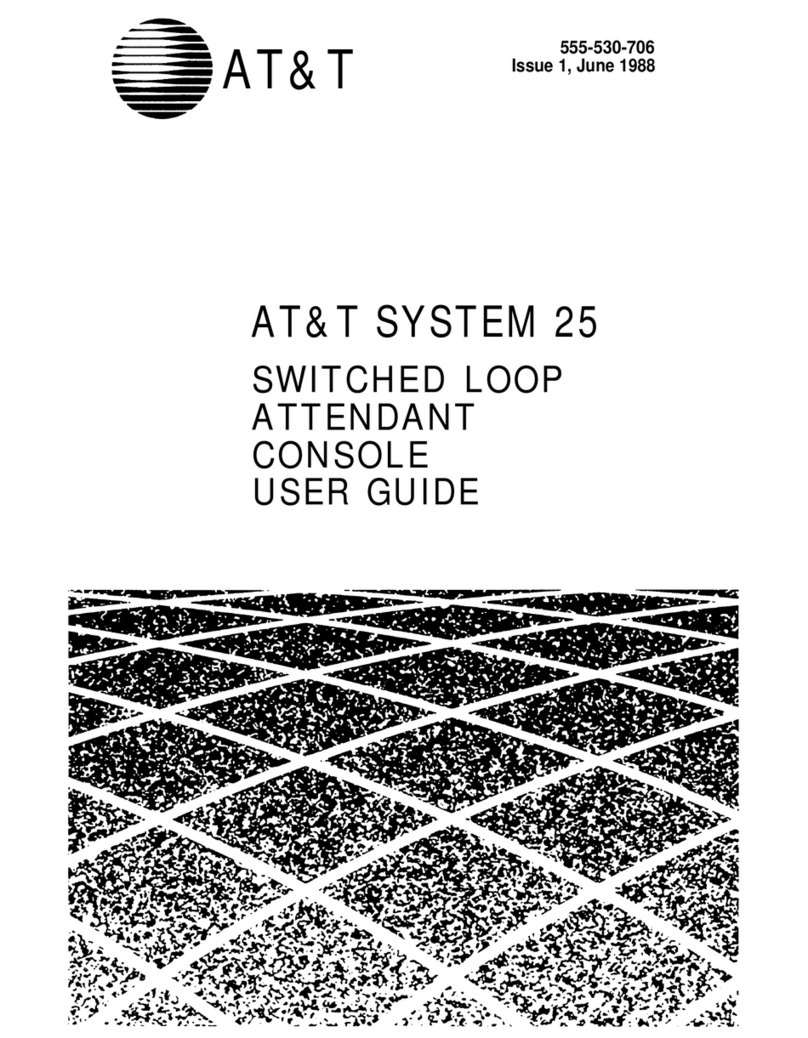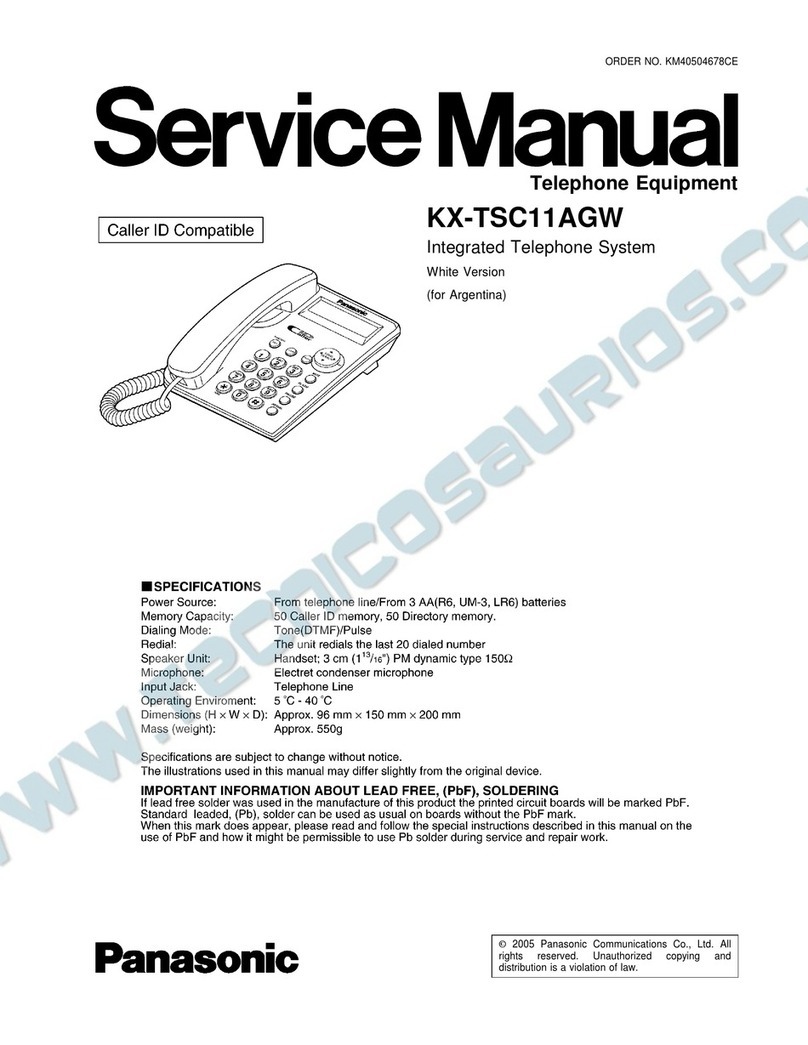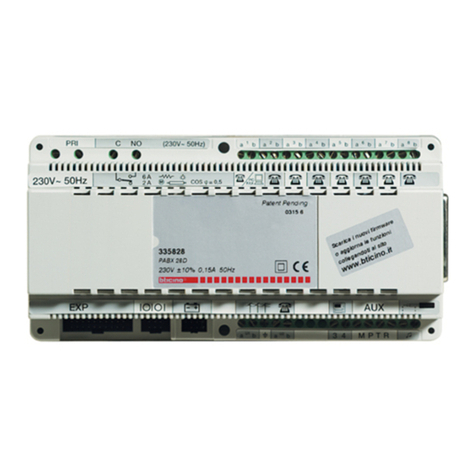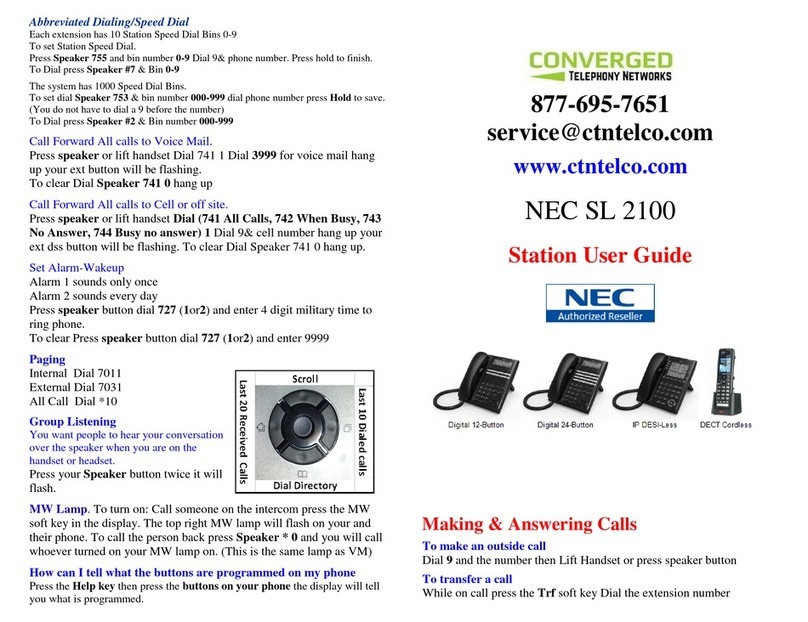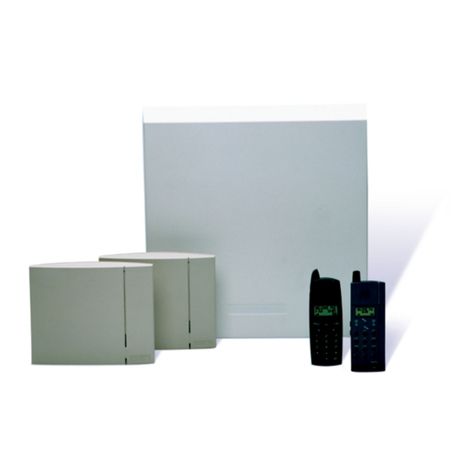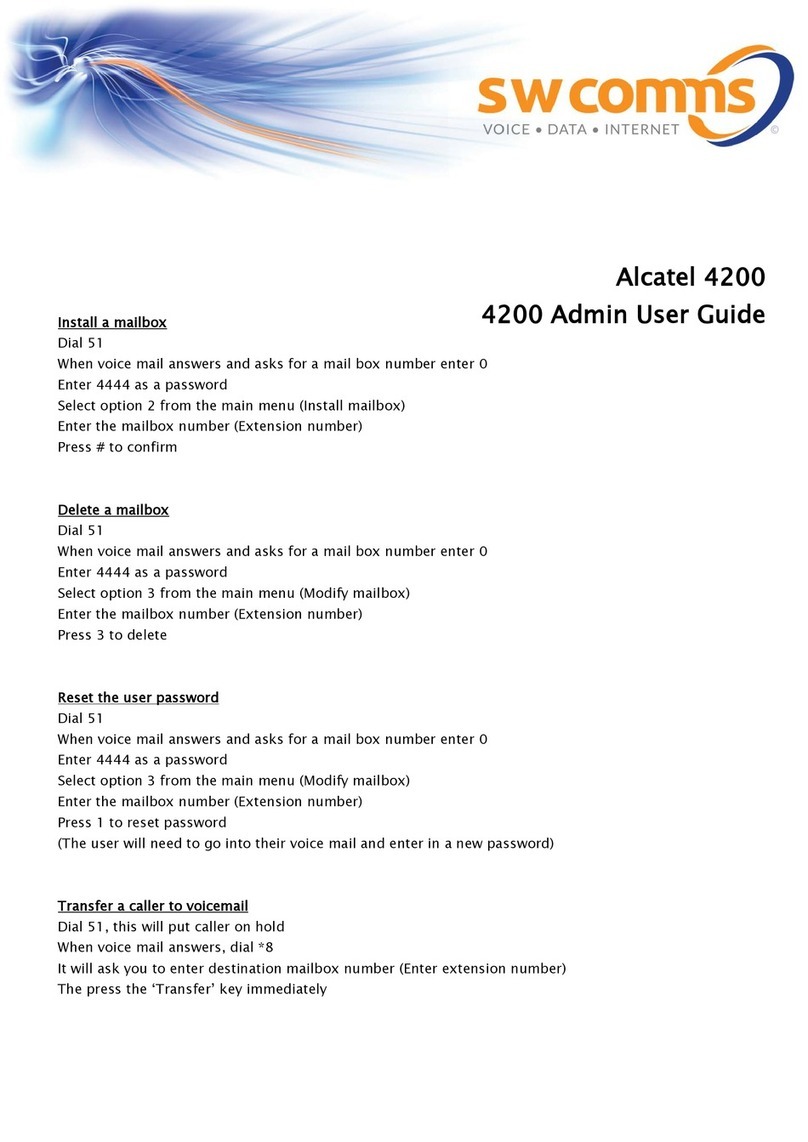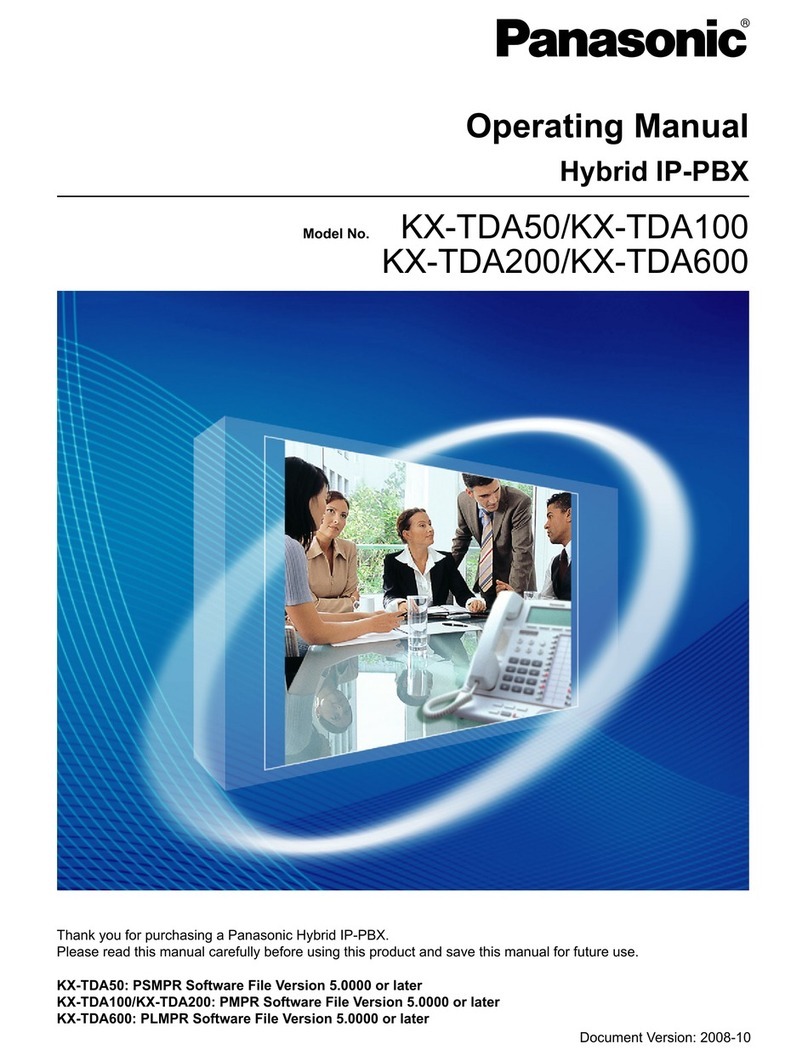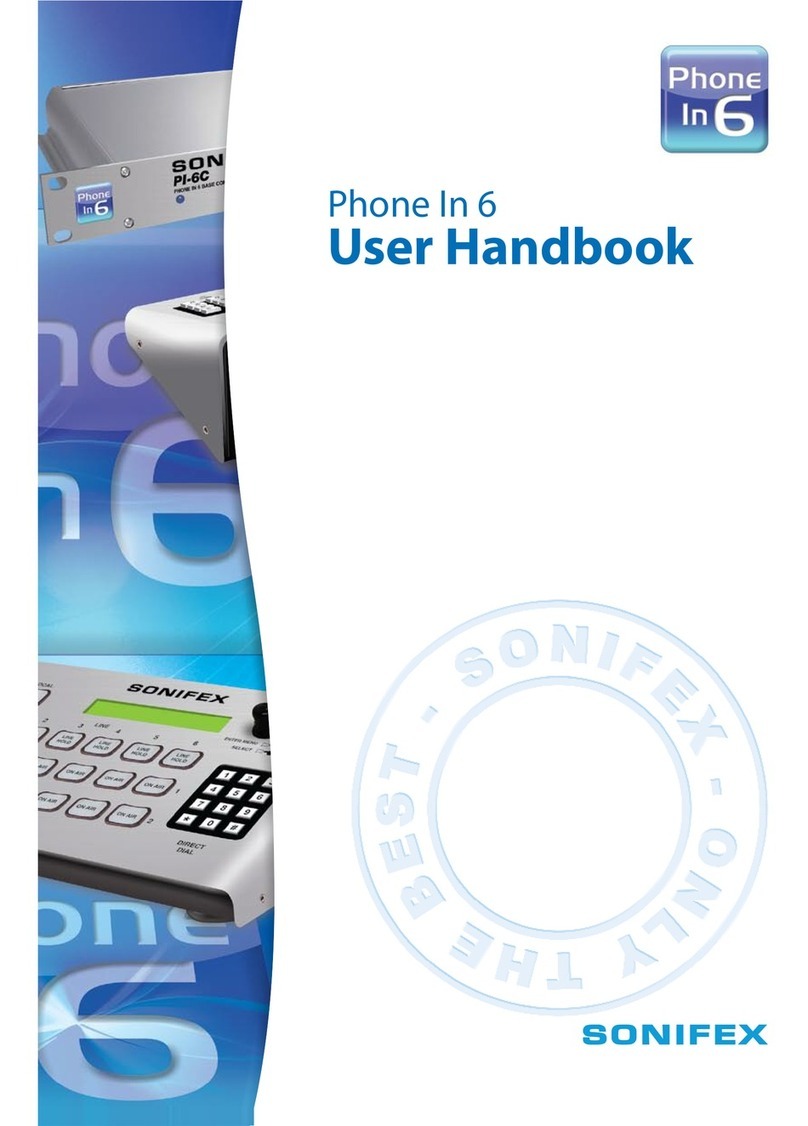IPECS Release 5
Hardware Description & Installation Issue 5.0
iii
3.1 System Capacity.............................................................................................. 42
3.1.1 Dimension and Weight...............................................................................................43
3.1.2 Environment specification..........................................................................................43
3.1.3 Electrical specification ...............................................................................................44
3.1.3.1 System Electrical specification...........................................................................................44
3.1.3.2 Module Power Requirements .............................................................................................44
3.1.3.3 Maximum Station Distance from Gateway Module.............................................................45
3.1.3.4 CO loop specification..........................................................................................................46
4 INSTALLATION ................................................................................. 47
4.1 Overview ......................................................................................................... 47
4.2 Site Preparation............................................................................................... 47
4.2.1 General Site Considerations......................................................................................47
4.2.2 Verify Equipment On-site...........................................................................................48
4.3 Module Mounting Hardware Installation.......................................................... 48
4.3.1 Enhanced Main Cabinet Installation..........................................................................48
4.3.1.1 Cover Close/Open..............................................................................................................48
4.3.1.2 Cabinet 19” Rack Installation..............................................................................................50
4.3.1.3 Cabinet Wall Mount Kit Installation.....................................................................................51
4.3.2 Main Cabinet Grounding............................................................................................53
4.3.3 Module Desk Mount Holder Kit..................................................................................54
4.3.4 Module Wall Mount Holder Kit ...................................................................................55
4.3.5 1U-Rack Mount Bracket Installation ..........................................................................55
4.4 PSU Installation ............................................................................................... 59
4.5 Module Installation .......................................................................................... 63
4.5.1 Module Handling and General Installation.................................................................63
4.5.1.1 Module Installation Sequence ............................................................................................63
4.5.1.2 Module Insertion/Removal..................................................................................................63
4.5.1.3 Common Module Switches.................................................................................................64
4.5.1.4 Module Grounding..............................................................................................................65
4.5.1.5 Telephony Connections......................................................................................................65
4.5.1.6 LAN Connections................................................................................................................66
4.5.1.7 LAN Wiring Structures ........................................................................................................67
4.5.1.8 RS-232 Connections ..........................................................................................................69
4.5.1.9 Module Power Adapter.......................................................................................................70
4.5.2 MFIM Installation .......................................................................................................71
4.5.3 VOIM8/24 Installation ................................................................................................74
4.5.4 LGCM4 Installation....................................................................................................75
4.5.5 LGCM8 Installation....................................................................................................77
4.5.6 DIDM8 Installation .....................................................................................................79
4.5.7 DTIM8 Installation......................................................................................................80
4.5.8 SLTM4 Installation.....................................................................................................81
4.5.9 SLTM8 Installation.....................................................................................................82
4.5.10 SLTM32 Installation...................................................................................................83
4.5.11 BRIM2 Installation......................................................................................................85
4.5.12 BRIM4 Installation......................................................................................................87
